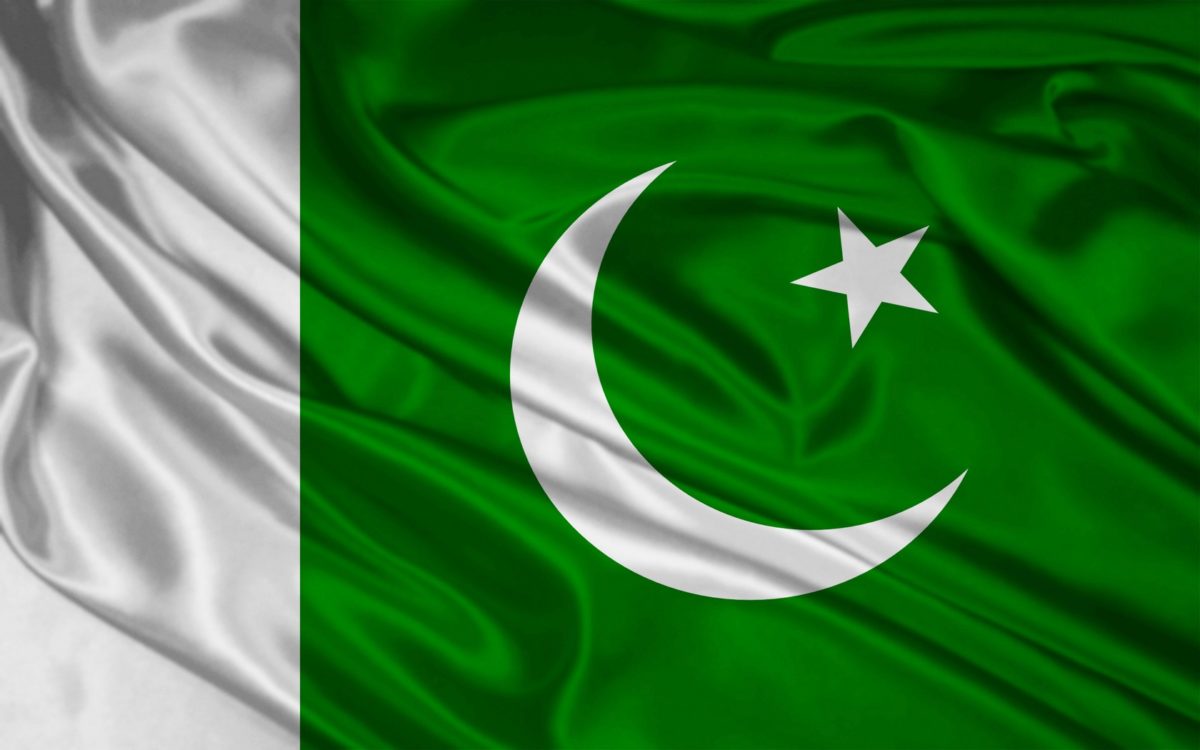Developers are now nearing financial close on 72.5 MW of capacity, all of which is set to come online between December 2017 and March 2018, the AEDB said. An additional 484 MW of PV projects are expected to start generating electricity by the end of 2019.
The AEDB sees enormous potential to install off-grid and on-grid PV arrays in the northern and western parts of Pakistan. “Serious projects are coming up,” it said. The pipeline under the government agency includes a number of large-scale projects. Karachi-based Siddiqsons Solar, for example, aims to complete 50 MW in Chakwal, Punjab province, by March 2018. M/s Integrated Power Solutions and M/s Jafri & Associates, meanwhile, each plan to commission 50 MW arrays in Nooriabad, Sindh province, by July 2018.
China’s ET Solar also plans to complete 50 MW in Attock, Punjab province — in addition to 25 MW in Gharo, Sindh province — by December 2018. California-based ACT Solar , meanwhile, plans to connect 50 MW to the grid at an undisclosed location in Sindh province by the end of 2018, while Pakistan’s Asia Petroleum is set to finish 30 MW in Noorsar, Punjab province, by the end of 2018. In addition, Karachi-based Forshine is set to finish building 50 MW in Gharo, Sindh province, by June 2019.
In recent years, the AEDB has encouraged solar development by revising grid-connection procedures in cooperation with National Transmission & Despatch Co. (NTDC) and the Central Power Purchasing Agency. It offers tax exemptions on renewable-energy equipment and has worked to standardize permitting procedures for PV projects, while cooperating with the National Electric Power Regulatory Authority (NEPRA) to provide up-front tariffs to solar developers.
NEPRA has granted tariffs to 11 IPPs for 472.48 MW of the capacity now under development. As a result, developers can insure their projects with the state-owned China Export & Credit Insurance Corp. (Sinosure), AEDB said.
Popular content
In southern Pakistan, NEPRA offers a levelized tariff of $0.108/kWh for projects up to 20 MW in size. Installations ranging between 21 MW and 50 MW in size can qualify for a rate of $0.108/kWh, while developers can secure a tariff of $0.107/kWh for arrays that are between 51 MW and 100 MW in size.
In northern Pakistan, projects up to 20 MW in size can qualify for a levelized tariff rate of about $0.115/kWh, while arrays between 21 MW and 50 MW in size receive a tariff rate of $0.114/kWh. Developers can secure a tariff rate of $0.113/kWh for installations ranging in size from 51 MW to 100 MW.
Roughly 410 MW of solar capacity had been installed in Pakistan by the end of 2016, according to the International Renewable Energy Agency (IRENA). Major projects that have been completed thus far include the massive Quaid-e-Azam Solar Park in Punjab province.
This content is protected by copyright and may not be reused. If you want to cooperate with us and would like to reuse some of our content, please contact: editors@pv-magazine.com.


ET Solar has lost the 50MW EPC project in Pakistan.